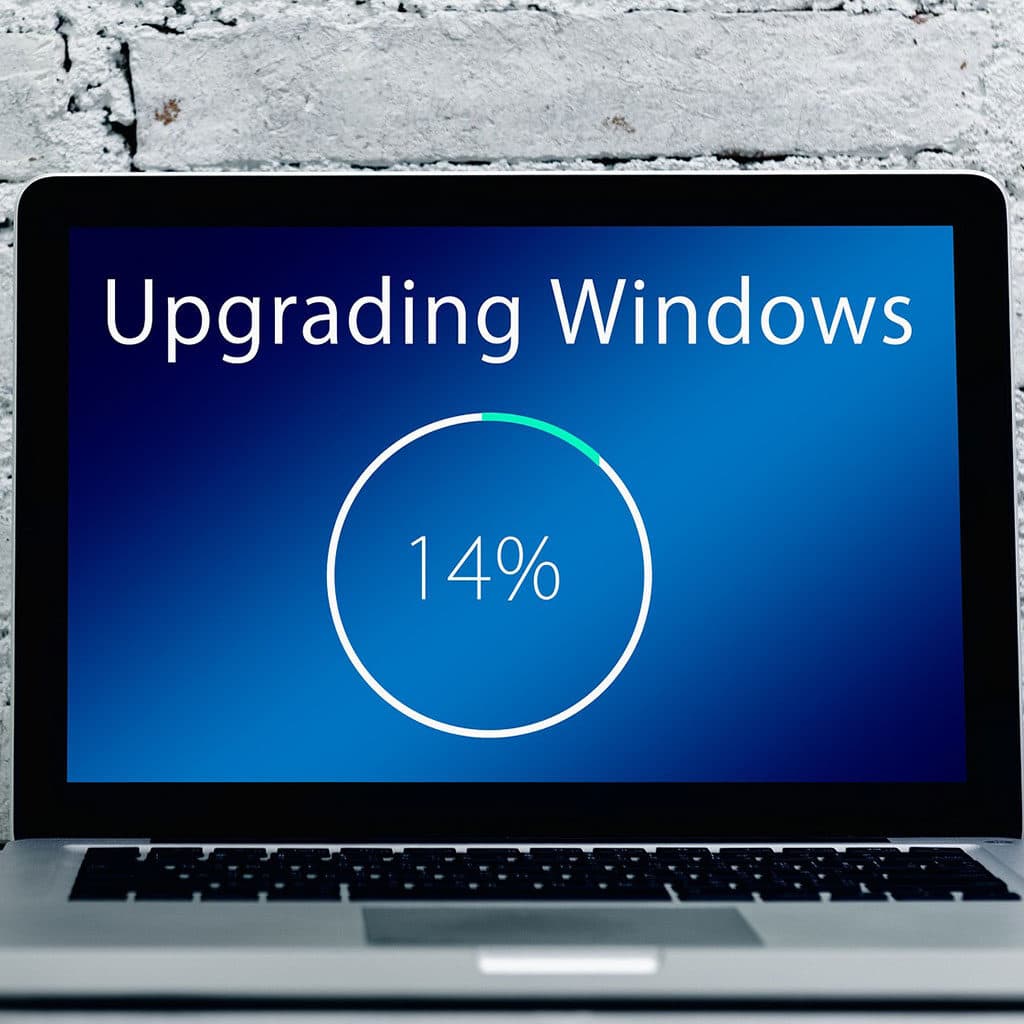The idea of resetting your laptop to its original factory settings often comes with mixed emotions. On one hand, it means you can get rid of all the bloatware and applications that you no longer need. On the other hand, it also means that you will be deleting all of your personal data from your machine. If you’re looking to factory reset a laptop running Windows 10, here is what you need to do.
Instructions for resetting Windows 10 to its factory settings can be accessed from the login screen
Knowing how to factory reset Windows 10 from the login screen is an invaluable skill, especially for those without the administrative password to their PC. Resetting your computer in this way can help restore a sluggish system back to its former glory, or protect against attackers attempting to gain access to your device. It’s important to note that this process will completely remove all data stored on your computer, so it’s best used as a last resort solution when other methods have failed.
To begin the reset process from the Windows 10 login screen, first you must hold down the Shift key on your keyboard and then select Restart from the power menu at the bottom-right corner of the login screen. Doing so will open up a boot options menu where you should click Troubleshoot before continuing on with the reset process. Once you proceed through the onscreen instructions provided by Windows 10, your PC should be effectively wiped clean and ready for a reinstallation of its operating system.
The Windows installation media can be utilized for resetting or reinstalling Windows
Using the Windows installation media to reset, or reinstall your Windows 10 PC can be a quick and easy solution, if you’re having problems. All you need to do is download the Windows 10 ISO file from Microsoft, or use it on another working computer with Rufus, WoeUSB or Boot Camp Assistant. Once it’s flashed to your USB drive, boot up your computer using that USB drive as the source, instead of the hard drive. This will erase all your data from the hard drive and restore Windows to factory settings.
When performing a factory reset, you should make sure all important files are backed up first before moving ahead. However, once this is accomplished – all of your original system current settings and applications will be deleted with only the core programs pre-installed by Windows remaining in place – guaranteeing you a fresh start that way. If you’re having issues with performance or malware infections, this will usually be enough of a fix.
Use manufacturer files to reset admin password
When you need to reset your administrator password, accessing the manufacturer’s recovery partition can be a great way to do so. Many PC and laptop manufacturers include a recovery partition drive to facilitate the restoration of Windows 10 to its original factory settings. To activate this feature, restart your PC and press a specific key during the boot-up process. The necessary key could differ based on the manufacturer of the device. For example, some HP computers require pressing and holding the F11 key. Instructions for how to trigger this process should come with the user manual of your PC or laptop, and these should contain any special instructions regarding how to use a recovery partition.
It is important that you follow all on-screen prompts when using a recovery partition. You may need access to login information in order to perform some of these tasks; if this is the case then it will be clearly stated in the user manual. Using a manufacturer’s recovery partition is an effective way of resetting an administrator password; however, if there is any doubt about how it works then it may be best to consult with an IT professional who can help safely guide you through the process.
Steps to follow for factory reset laptop:
1. Hold down the Shift key on your keyboard and select Restart from the power menu at the bottom-right corner of the Windows 10 login screen.
2. From the boot options menu, click Troubleshoot and follow onscreen instructions to complete the reset process.
3. Alternatively, use a Windows installation media to perform a factory reset or reinstall Windows 10. Download the Windows 10 ISO file from Microsoft or use it from another working computer with Rufus, WoeUSB, or Boot Camp Assistant. Flash it onto your USB drive and restart your computer using that USB drive as its source instead of the hard drive.
4. To reset your administrator password, access the manufacturer’s recovery partition if available for your device model by restarting your PC and pressing a certain key during boot-up (check user manual for specific instructions). Follow all onscreen prompts to complete this process safely.
Advantages of Formatting Windows 10
Resetting Windows 10 on your system has a multitude of benefits. Firstly, when you reset the operating system (OS) it helps to restore the normal functioning balance of the device. It fixes glitches and errors which have been encountered by the user and supports a stable platform for work or entertainment. Secondly, resetting Windows 10 clears up all unwanted files, be it trash files, junkware or any other files option that take up a large portion of the hard drive space. This helps create more storage for actual files rather than cluttering it with unnecessary cache or temporary data.
Moreover, popular applications often come with newer updates from their development teams which bring in additional bug fixes as well as new features which were requested by the users themselves. The same thing applies to Operating Systems and due to this, when you reset Windows 10 on your system you get one of the latest and most stable versions of windows leading to efficient performance. Finally, resetting will clear out erroneous settings that may have been saved mistakenly such as faulty anti-malware settings or incorrect sound settings saving running time when making sure everything is working perfectly.
Conclusion
In conclusion, it is important to note that factory resetting Windows 10 on your laptop can be a beneficial process when done correctly. To start, hold down the Shift key on your keyboard and select Restart from the power menu at the bottom-right corner of the Windows 10 login screen. From the boot options menu, click Troubleshoot and follow onscreen instructions to complete the reset process. Alternatively, you can use a Windows installation media to perform a factory reset or reinstall Windows 10. Download the Windows 10 ISO file from Microsoft or use it from another working computer with Rufus, WoeUSB, or Boot Camp Assistant. Flash it onto your USB drive and restart your computer using that USB drive as its source instead of the hard drive. To reset your administrator password if necessary, access the manufacturer’s recovery partition if available for your device model by restarting your PC and pressing a certain key during boot-up (check user manual for specific instructions). Follow all onscreen prompts to complete this process safely. Resetting Windows 10 has many advantages such as restoring normal functioning balance of the device, creating more storage space by deleting unwanted files, getting one of the latest versions of windows leading to efficient performance, and clearing out erroneous settings that may have been saved mistakenly.



